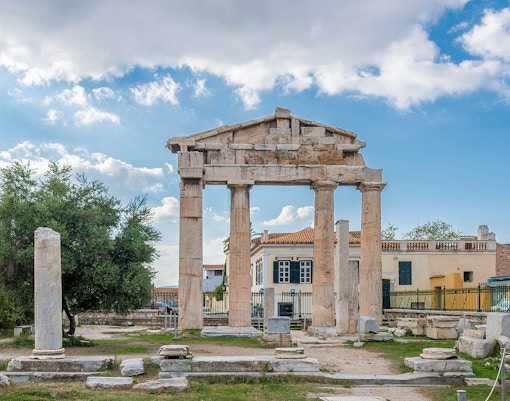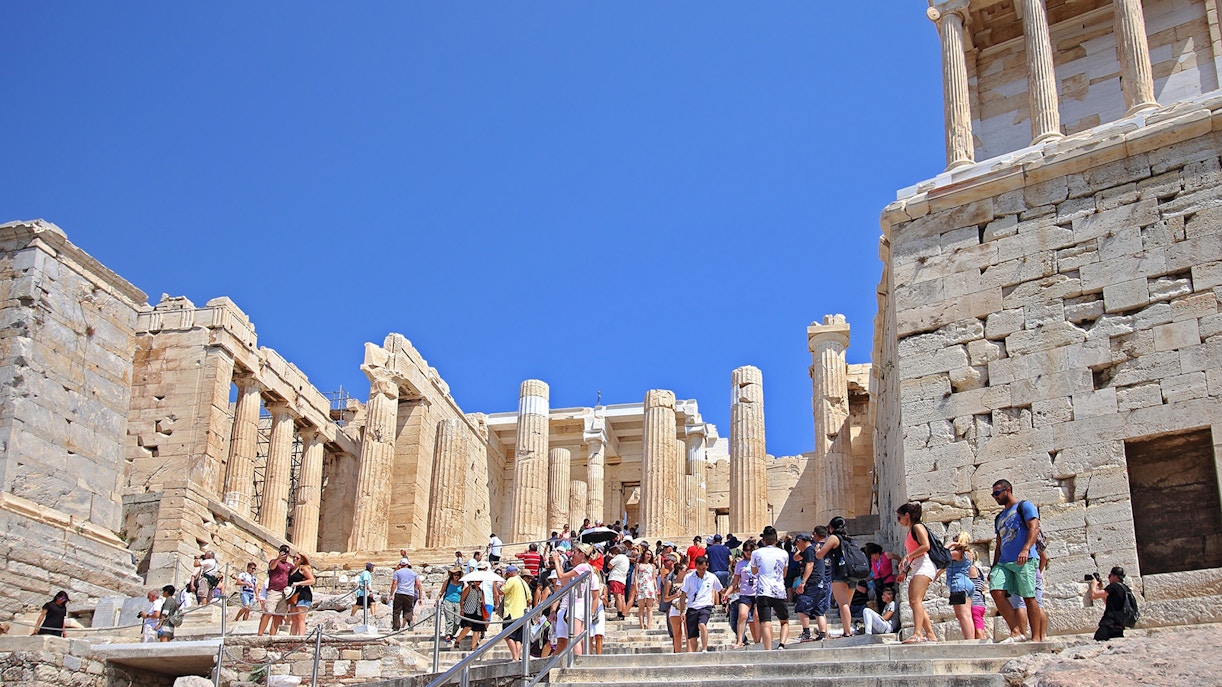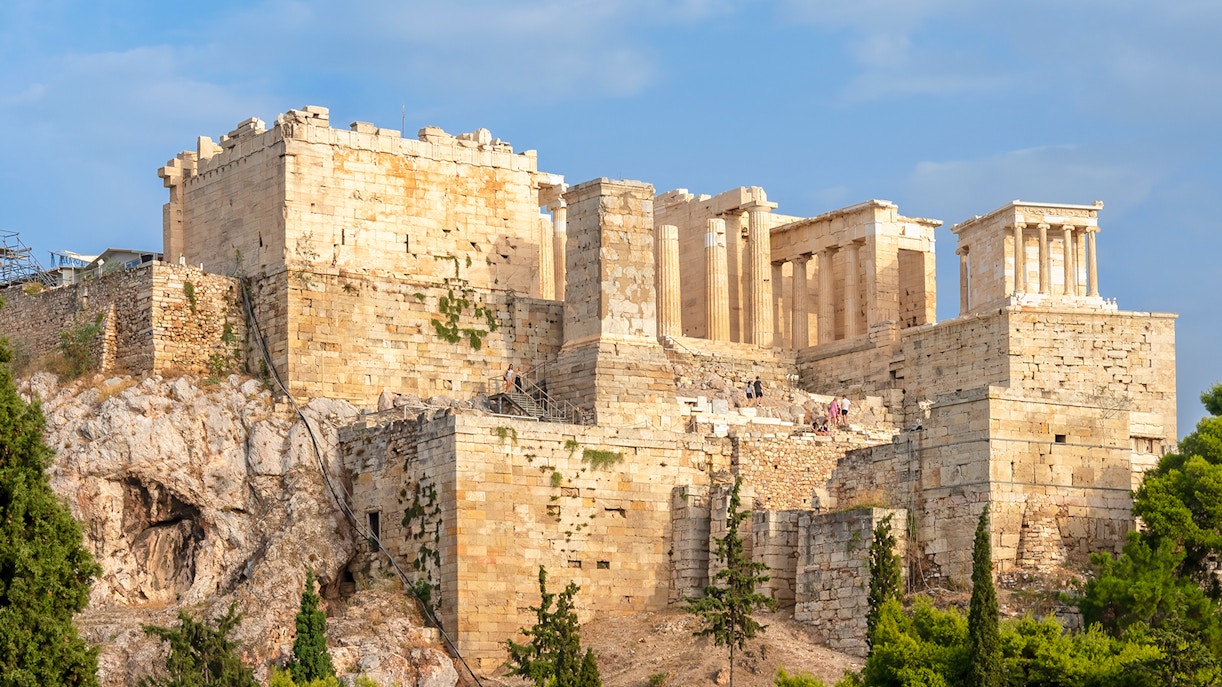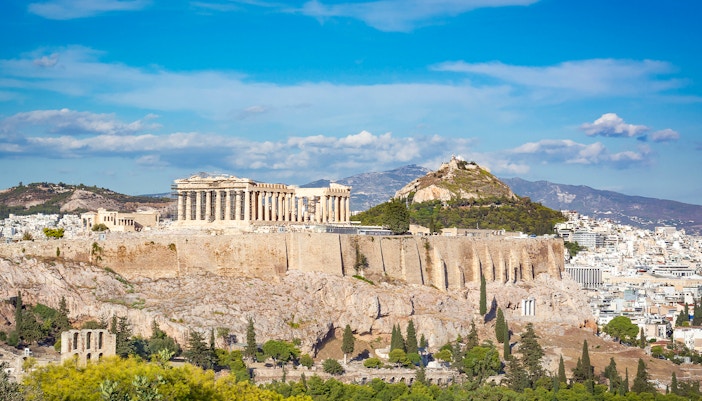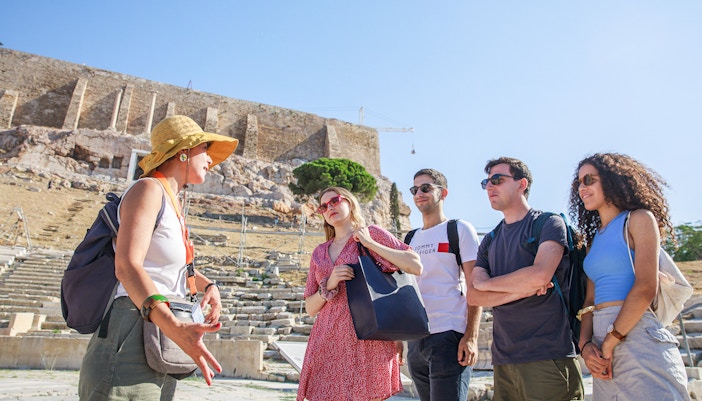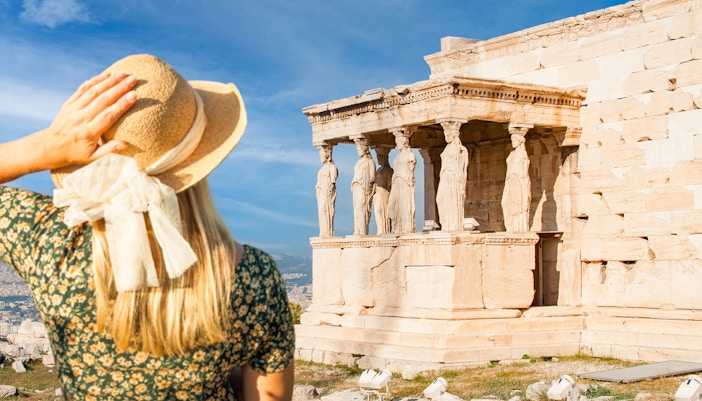The Parthenon was a temple dedicated to the goddess Athena. Its construction began around 447 BCE when the Greek Empire's prosperity was at its peak. Despite its age and numerous historical events, the Parthenon is an enduring symbol of classical Greek civilization.
What to see at the Acropolis of Athens
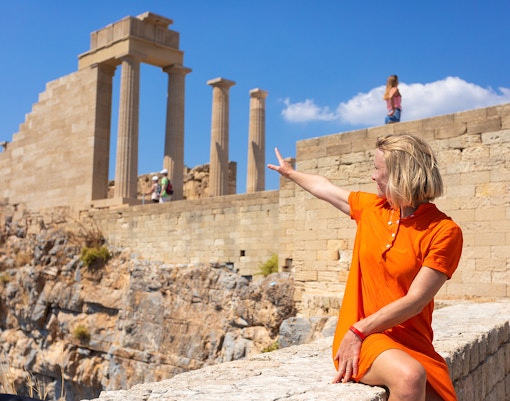
Parthenon
Parthenon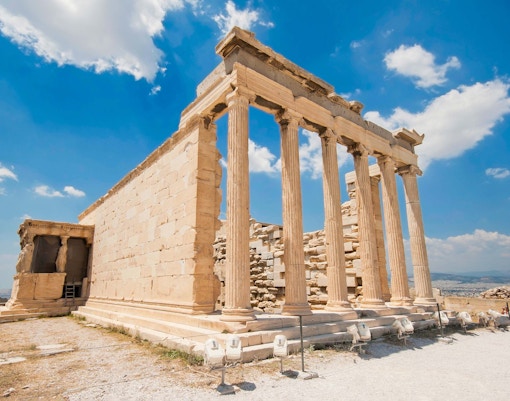
Temple of Athena Nike
Temple of Athena Nike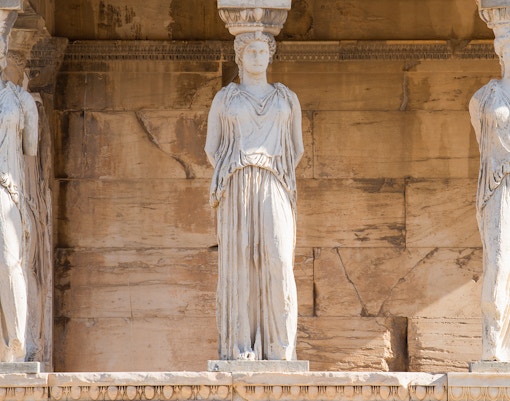
Erechtheum
Erechtheion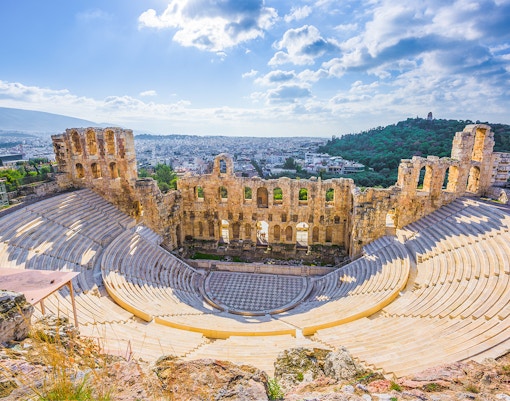
Odeon of Herodes Atticus
Odeon of Herodes Atticus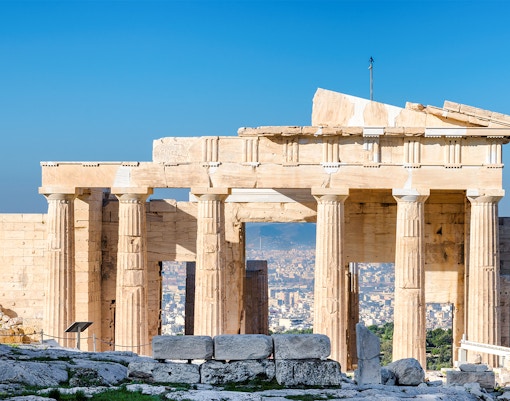
Propylaea
Propylaea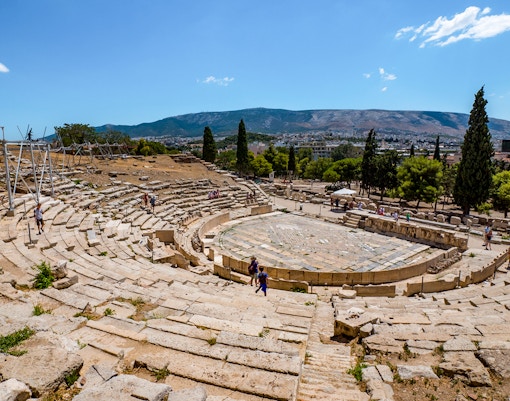
Theatre of Dionysus
Theatre of Dionysus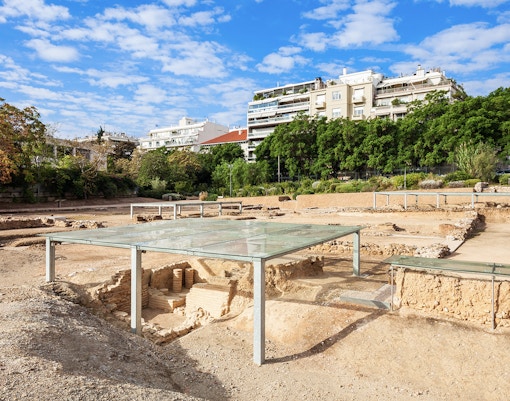
Aristotle’s Lyceum
Aristotle’s Lyceum